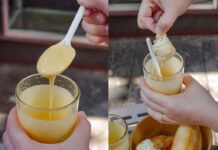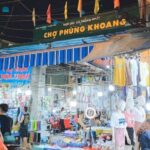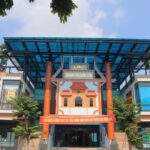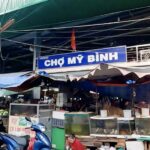In ancient times, the Ke Buoi area on the outskirts of Hanoi included villages such as Yen Thai, Ho Khau, Dong Xa, Trich Sai, Vong Thi, Bai An, and Trung Nha. Like many of Hanoi’s ancient markets, Cho Buoi was situated at the confluence of the Thien Phu and To Lich rivers, facilitating vibrant river trade.
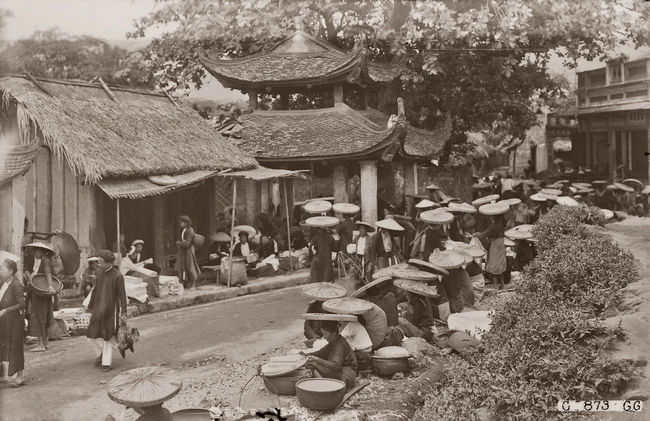
According to local elders, in the past, pomelos from upstream areas would float downstream in abundance, and villagers would collect and sell them. Over time, this area became known as the Buoi region, and the market within it was named Cho Buoi, meaning “Pomelo Market.”
The exact origins of Cho Buoi are unknown, even to the oldest residents of the area, who only know that the market has existed since their birth. Some documents suggest that the market dates back to the Ly dynasty, while other research indicates that it emerged in the mid-19th century. Nonetheless, it is undeniable that Cho Buoi holds significant historical and cultural value in the ancient land of Thang Long – Hanoi.
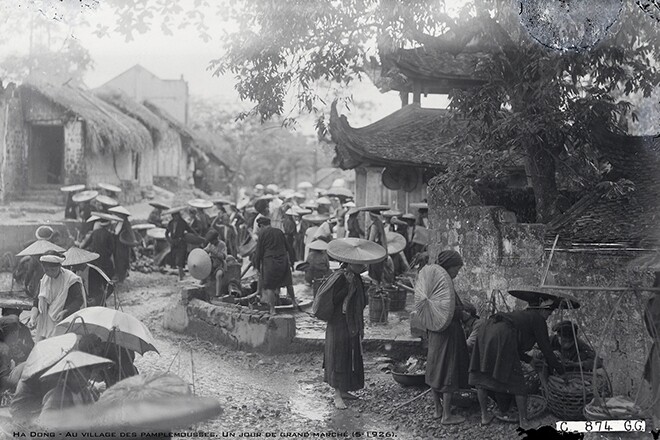
Cho Buoi is held on the 4th, 9th, 14th, 19th, 24th, and 29th of every lunar month. Along with Cho Mo, it is one of the few remaining traditional markets within Hanoi’s inner city that still maintains its periodic gathering tradition. On these days, people from neighboring areas flock to the market to trade seedlings, livestock, agricultural tools, and various traditional handicraft products.
In the past, Cho Buoi consisted of simple thatched sheds with one or two wooden houses called “cau cho.” Before the 1930s, the French built two concrete bridges to provide shelter from the weather. Characteristic of a suburban market, Cho Buoi served as a hub for trading products from renowned handicraft villages such as linen from Yen Thai and Bai An, paper from Yen Thai, Ho Khau, and Dong Xa, and agricultural tools from Xuan La and Xuan Dinh.
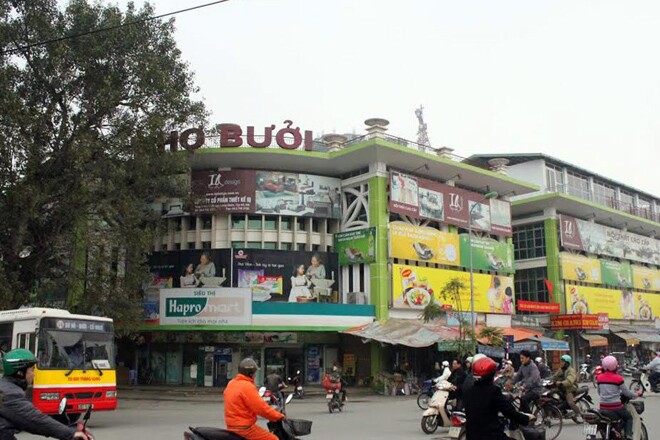
The area around Cho Buoi was once a center for thriving handicraft production, which contributed to the market’s lively atmosphere during gathering days. Buyers and sellers bustled about, trading everything from fragrant herb bundles and vegetable seeds to various livestock such as dogs, cats, pigs, chickens, rabbits, and birds. People from Tay Tuu, Co Nhue, Xuan La, and Xuan Dinh brought vegetable seeds and agricultural tools to sell, while those from Nhat Tan, Quang An, and Quang Ba specialized in ornamental plants and flowers.
Cho Buoi thus became a favorite destination for hobbyists from all over Hanoi who enjoyed collecting ornamental plants and birds. Notably, on the 29th of the lunar month, there was a tradition of slaughtering buffaloes and cows. Villagers from the Buoi region would pool their money to purchase the animals and then butcher them at the market, sharing the meat for the Tet holiday.
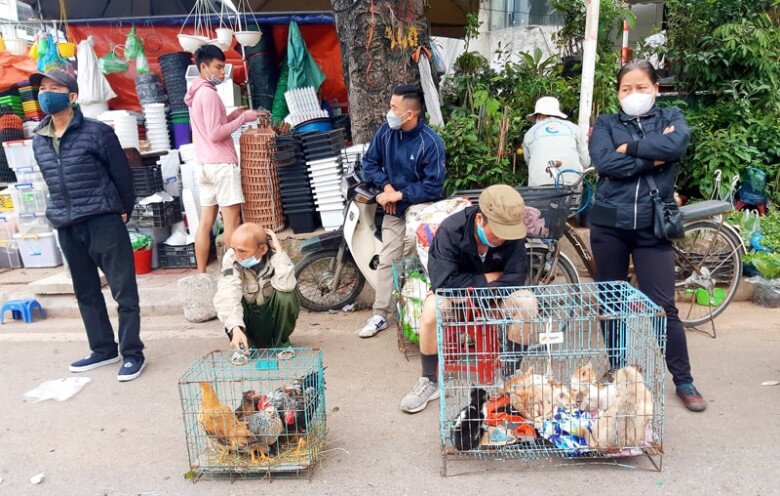
Today, Cho Buoi has been redeveloped into a modern market under the management of the Hanoi Trade Corporation. However, to preserve the traditional market’s character, a separate area has been allocated for the trading of seedlings and livestock. Although not as diverse as before, one can still find seeds, seedlings, dogs, cats, rabbits, and birds here. However, the range of products has diminished due to changing demands over time.
Currently, there is only one shop left in Cho Buoi that sells agricultural tools, and even that may not last. Long-time livestock traders have dwindled to around 6-7, and plant sellers number fewer than 10. Additionally, during market days, some locals bring their dogs and cats to sell.
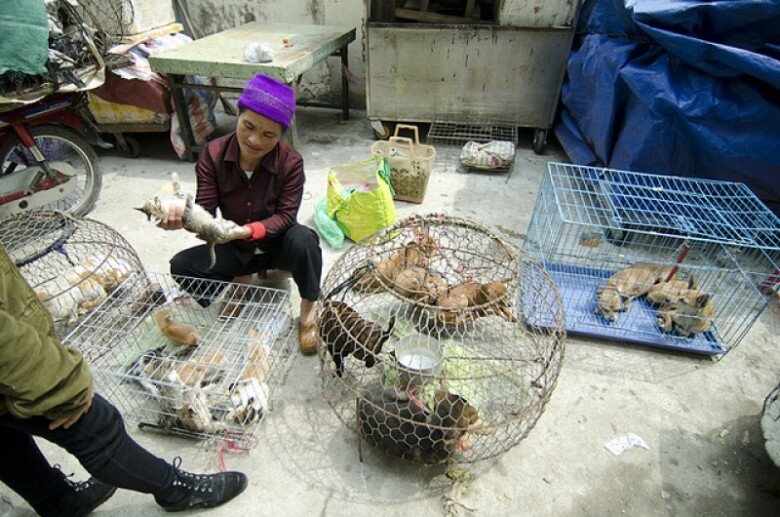
Although the Buoi periodic market has shrunk compared to its past glory, it will undoubtedly persist due to the enduring passion for gardening and pet-keeping, even as living spaces continue to shrink. Perhaps it is this very reason that, despite Hanoi’s rapid modernization and urbanization, Cho Buoi remains a unique cultural feature of the ancient land of Thang Long – Hanoi.
The Marketplace: A Nostalgic Journey to the Heart of Vinh Phuc’s Culture, Now Revamped for a Memorable Experience
The Vinh Yen Market, nestled in the heart of Vinh Yen city in Vinh Phuc province, boasts a rich history and has been a staple in the lives of generations of locals. This vibrant marketplace holds a special place in the hearts of Vinh Yen residents, evoking fond memories of their childhoods spent within its bustling aisles.


















